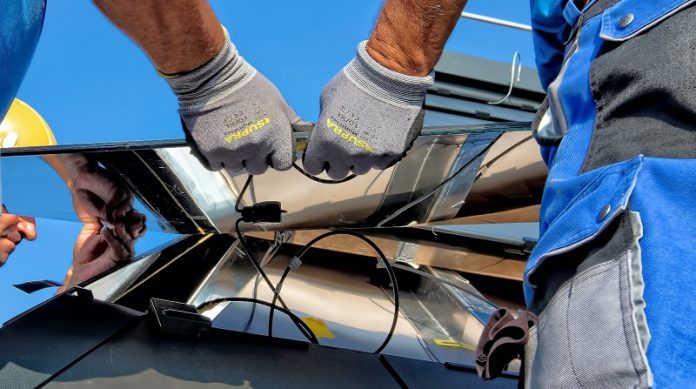
Scientists from the University of Cordoba and the Max Planck Institute for Solid State Research are working on a new kind of solar battery.
This battery is made of a special material that can soak up sunlight and store the energy it collects.
The best part?
This material is safe, plentiful, and easy to make.
Solar power is getting really popular. That’s because it’s a clean, renewable source of energy that we can use instead of fossil fuels, which are bad for the environment.
The goal is to make solar technology better at capturing sunlight, turning it into energy, and storing it for when we need it.
Storing the energy is a big challenge because sunlight isn’t always available, like at night or on cloudy days.
To solve this, scientists came up with the idea of a “solar battery.” This device can both catch sunlight and store the energy it makes in one go, meaning the energy can be used later when needed.
Alberto Jiménez-Solano, a scientist at the University of Cordoba, and his team from the Max Planck Institute, have been exploring how to make a solar battery from a special material called 2D carbon nitride.
This material is really good at absorbing sunlight and storing the energy for later use. To make their solar battery, the team first had to figure out how to turn the material, which is normally found as a powder or in water, into a thin layer.
Their design for the solar battery is kind of like a sandwich made of glass and layers of the special material. The layers have been carefully chosen to make the battery really good at soaking up and storing sunlight. The team found that lighting from the back of the battery was especially beneficial.
This battery could be very handy because it can produce a big burst of electricity, like a camera flash, or a smaller amount that lasts a longer time, like for charging a phone.
The team is excited about this project because the material they’re using is safe, plentiful, and environmentally friendly, as it’s made from urea.
The next steps are to keep testing this solar battery in different situations and see how it could be manufactured and used in real life.
The research was recently published in the journal Advanced Energy Materials.
Follow us on Twitter for more articles about this topic.
Source: University of Córdoba.



